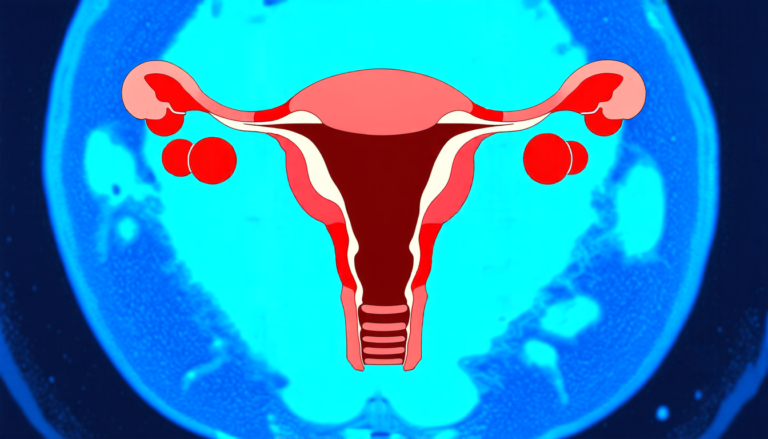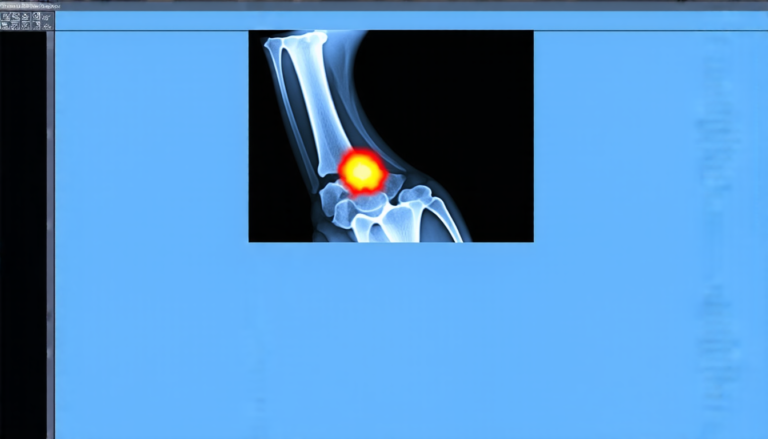Tuesday 09 September 2025
Trust is a fundamental aspect of human interaction, but it’s often puzzling why we choose to trust others despite the risks involved. A recent study has shed light on this mystery by simulating trust games on a square lattice topology.
The researchers used a diagonally separated square lattice to simulate trust games between two types of players: trustors and trustees. Trustors invest in trustees, who then return the investment with a certain probability. The twist is that the lattice structure allows interactions between trustors and trustees across different roles, creating an inter-role spatial reciprocity mechanism.
The simulations showed that when the return ratio was moderate, both trustors and trustees fared well. However, if the return was too high or too low, it harmed the survival of either trustors or trustees. This suggests that a balance between investment and returns is crucial for maintaining trust.
But what’s fascinating about this study is that it highlights the importance of spatial structure in promoting trust. The lattice topology allowed for clustering of trustworthy trustees, which increased the chances of successful investments. This spatial reciprocity mechanism can be applied to various scenarios, including social networks, markets, and even online platforms.
The findings have significant implications for our understanding of human cooperation and trust-building mechanisms. In a world where we’re increasingly reliant on digital interactions, this study demonstrates that simple spatial structures can foster cooperative behavior.
Moreover, the lattice topology used in the simulation has broader applications beyond trust games. It can be employed to model other social phenomena, such as cooperation, altruism, or even the spread of information.
The researchers’ work offers a new perspective on how trust emerges and is maintained in complex systems. By studying these mechanisms, we may uncover ways to enhance trust and foster more cooperative societies.
In this study, the researchers have demonstrated that spatial structure plays a crucial role in promoting trust and cooperation. As our world becomes increasingly interconnected, understanding these mechanisms can help us build stronger, more resilient social networks.
Cite this article: “Unraveling the Mystery of Trust: Spatial Structure’s Crucial Role”, The Science Archive, 2025.
Trust, Cooperation, Spatial Structure, Lattice Topology, Trust Games, Simulation, Reciprocity Mechanism, Social Networks, Human Interaction, Digital Interactions







